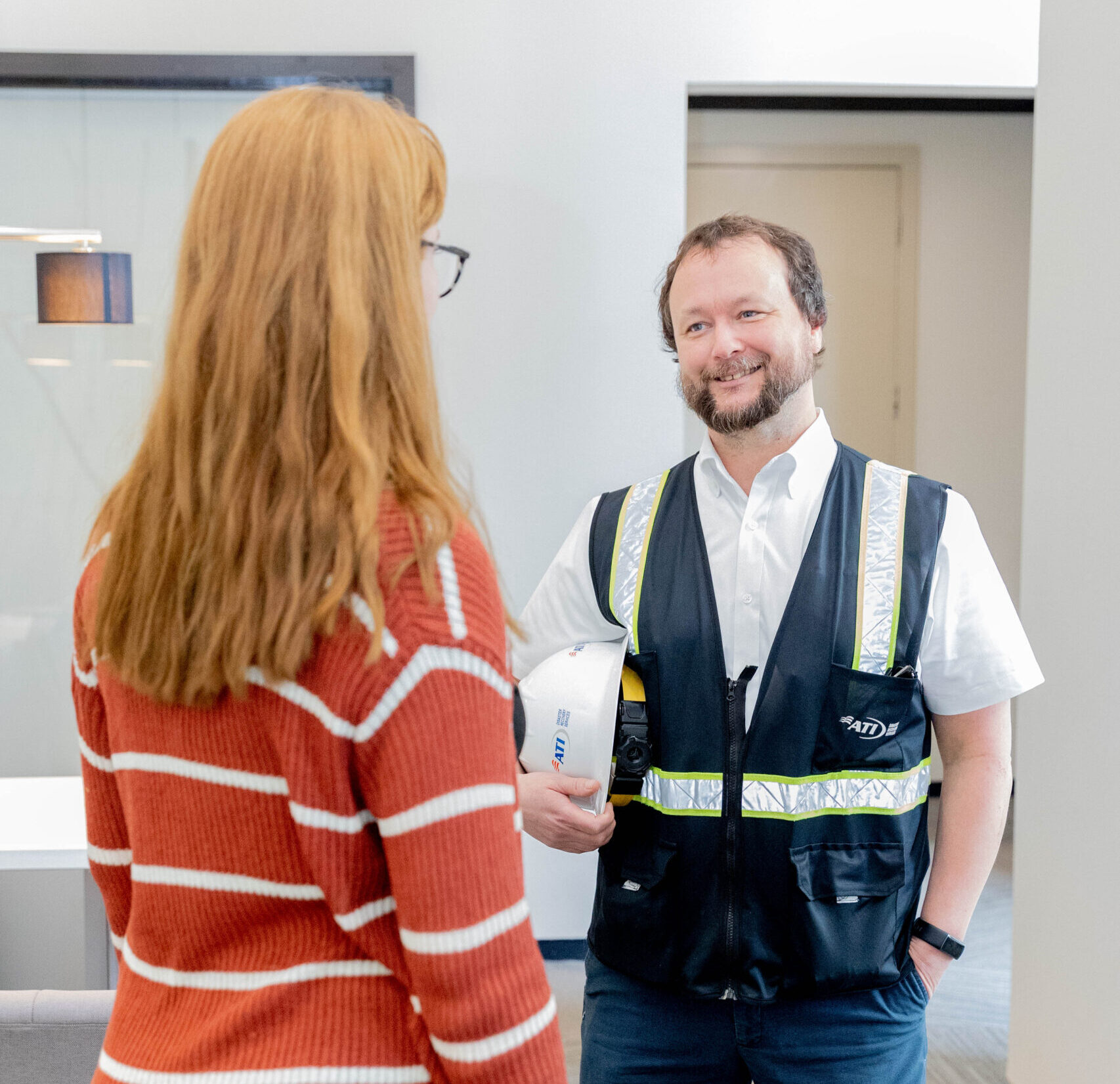Change is the only constant in business. Few businesses look the same year after year. They may add, combine, or downsize facilities and other assets. They may move from one city to another. Sometimes, they expand or merge with other companies.
These changes can significantly influence your operational needs, especially in the context of restoration services and disaster recovery. As your company grows and adapts, it’s crucial to ensure that your restoration services provider is evolving in tandem with your business.
Every year, set a meeting with your current provider to review your services and emergency response plan. Here are some agenda items to consider.
1. New Assets

When significant changes occur, such as adding facilities, equipment, or square footage, the implications for your restoration services can be substantial. Changes like these require a careful examination of how these new assets influence your overall disaster preparedness and recovery strategy. As your company grows, the scope of potential damages in a disaster scenario may increase. If you have added facilities or equipment or increased your square footage, you may require more manpower, specialized equipment, or more reconstruction services to accommodate your expanded business operations.
Anticipating the potential challenges associated with new assets ensures that your disaster recovery plan remains agile. By staying ahead of the curve, you not only protect your investments but also strengthen the resilience of your business if a disaster occurs.
2. New Locations
If your company relocates or expands to new locations, your restoration provider may need to adjust its service coverage accordingly. This could involve extending services to new regions or confirming response times based on your company’s new geographical footprint.
Different locations also bring with them distinct challenges, such as varying climate conditions, natural disaster risks, or regulatory differences. Explore with your restoration services provider how these region-specific factors might impact the services that you need. For instance, if your business expands to a hurricane-prone area, additional measures may be required to mitigate the increased risk of flooding. Partnering with a national, full-service firm can help you avoid any service or coverage gaps.
3. Response Time
Time is of the essence in responding to an emergency. If your company has expanded its operations to new locations, the geographical spread can influence response times. Engage in a dialogue with your provider about how it plans to maintain quick response times across diverse locations. Discuss any challenges posed by geographical dispersion and collaborate on strategies to ensure a consistent and rapid response, regardless of the distance between facilities.
Explore whether advancements in technology can contribute to faster response times. Your restoration services provider might leverage innovations such as real-time communication tools, automated alert systems, or predictive analytics to enhance their ability to respond promptly to emergencies.
4. Quality of Service

While speed is crucial in emergency response, the overall quality of service is equally important. Analyze customer survey and jobs report data from your restoration services provider. Discuss how well their past performance aligns with your evolving business needs. Consider factors such as the workmanship in restoration efforts and the overall satisfaction of past disaster recovery experiences.
If the outcomes for recent disasters and other projects met your expectations, determine whether any improvements or modifications are necessary based on the lessons learned from these experiences. Consider manpower, equipment, and materials used as well as communication protocols, and the overall effectiveness of the recovery strategies.
5. Any Other Feedback or Questions
Open communication is the cornerstone of a successful partnership. Encourage your team and key stakeholders to share any concerns, experiences, or observations related to the services provided. This two-way communication fosters transparency and ensures that everyone involved has a voice in shaping the disaster recovery strategy.
If there have been specific incidents or emergencies since the last review, use this opportunity to share feedback on the handling of those situations. Discuss the strengths and areas for improvement in the response and restoration efforts. This constructive feedback contributes to a continuous improvement cycle, refining the effectiveness of your disaster recovery plan.
As your company grows and adapts, so do your business needs. Discuss any changes in your business model, organizational structure, industry regulations, risk profile, or customer expectations that might affect your restoration services. Understanding these evolving needs ensures that your restoration services provider can tailor their offerings to align seamlessly with your company’s strategic objectives.
Set a Meeting With Your Restoration Services Provider Today
If you have not discussed your company and its needs with your provider in some time, now is the perfect time to make sure your needs are still in sync. By thoroughly reviewing these elements annually, you can strengthen your partnership with your restoration services provider and ensure that your emergency response agreement remains aligned with your evolving business needs and potential disaster scenarios.
Get in touch to schedule a check-in meeting with your ATI representative.